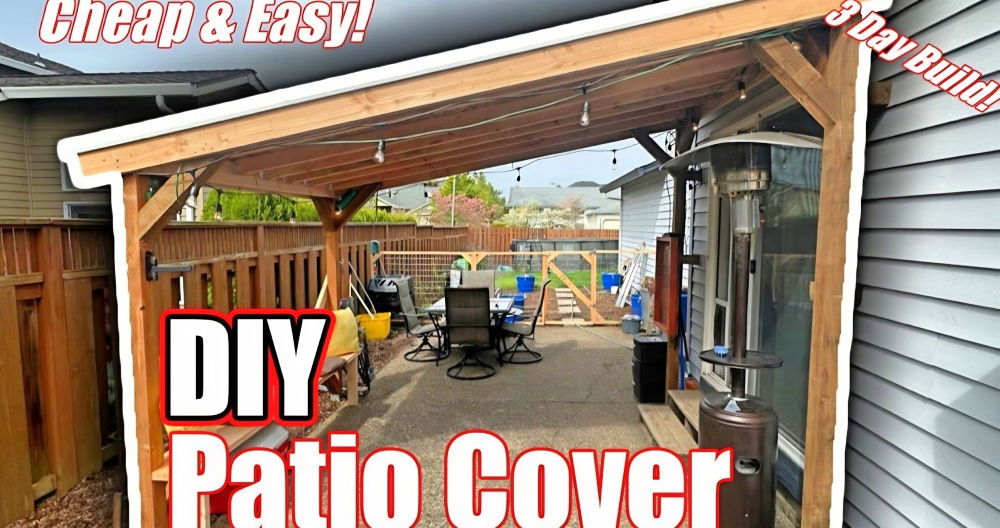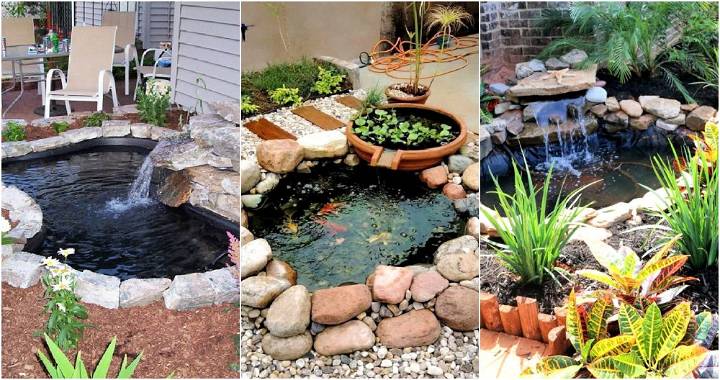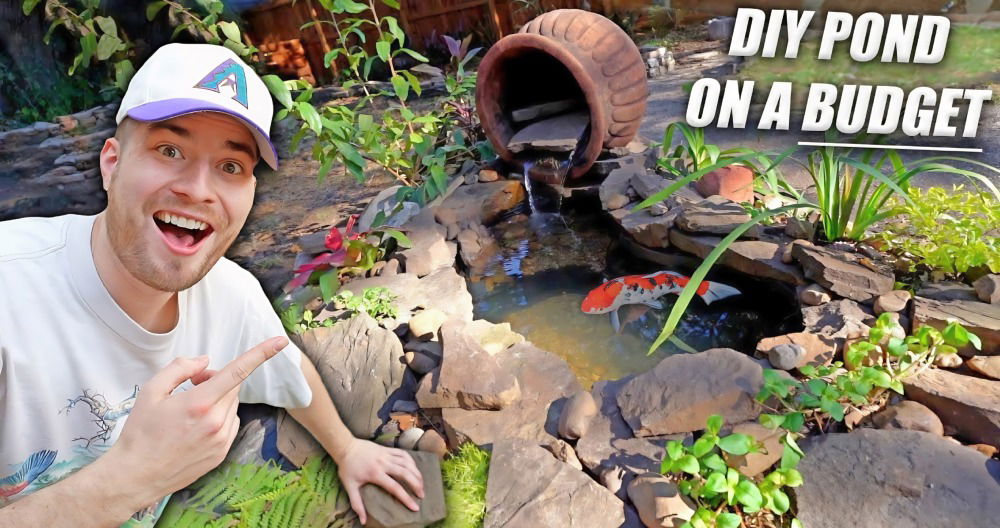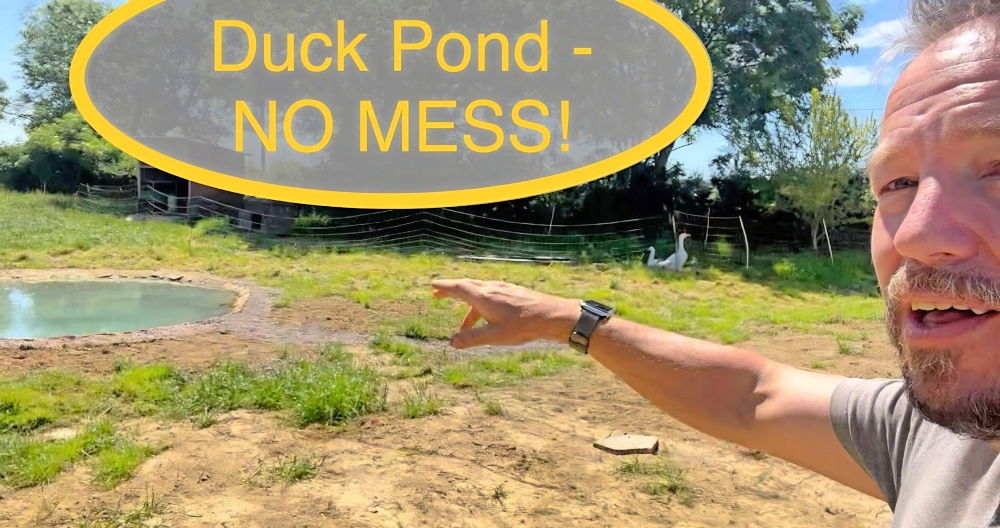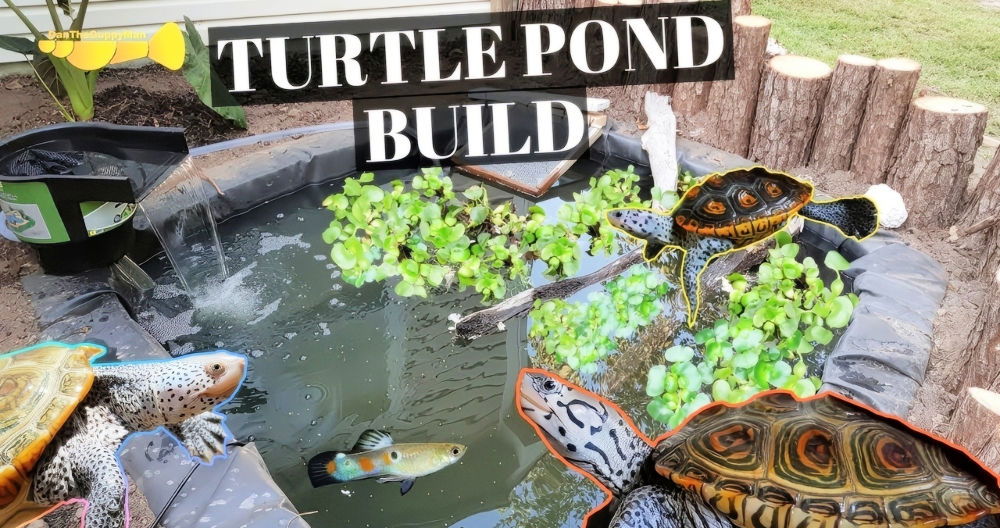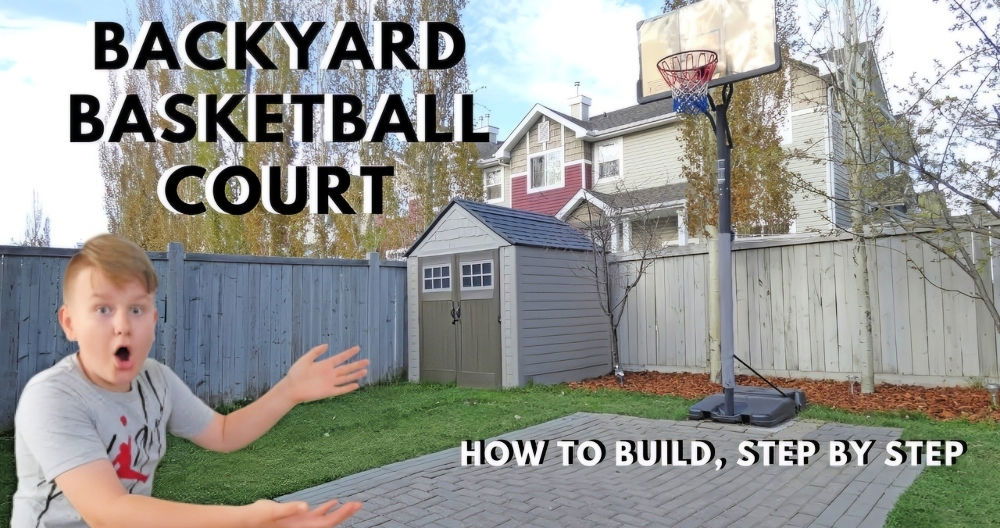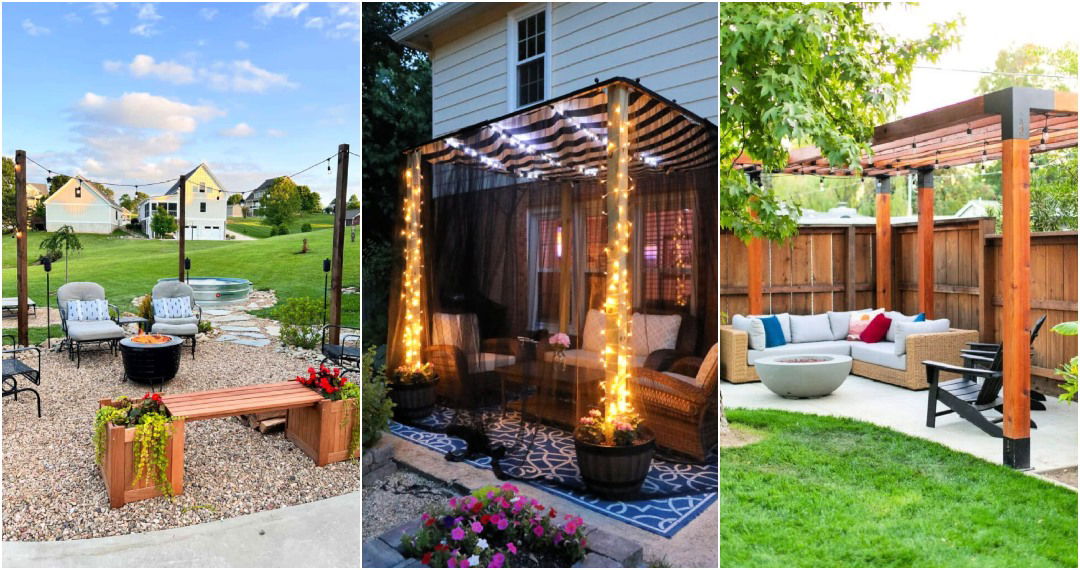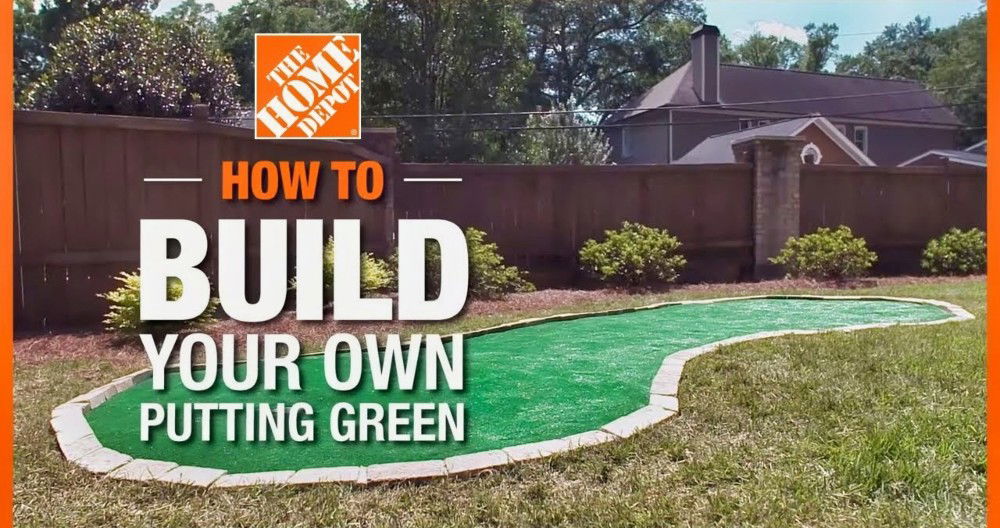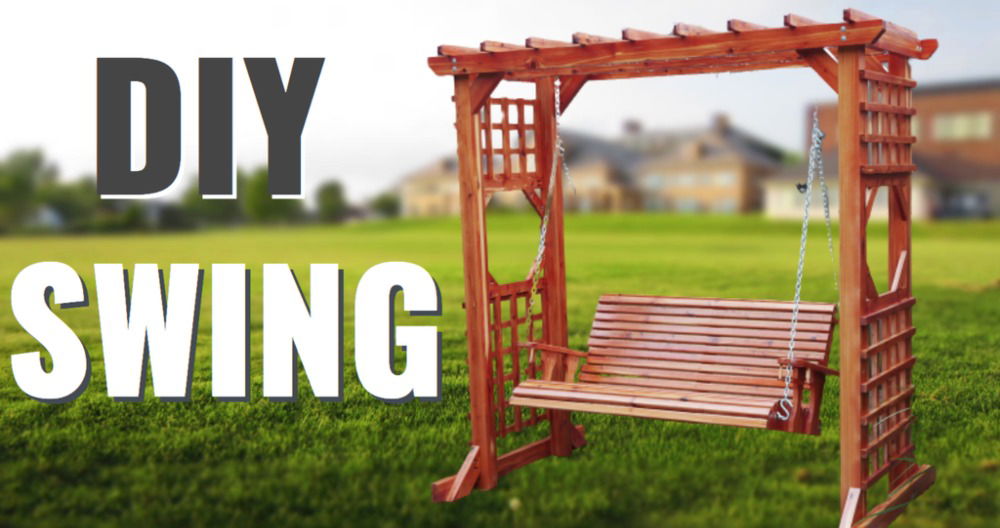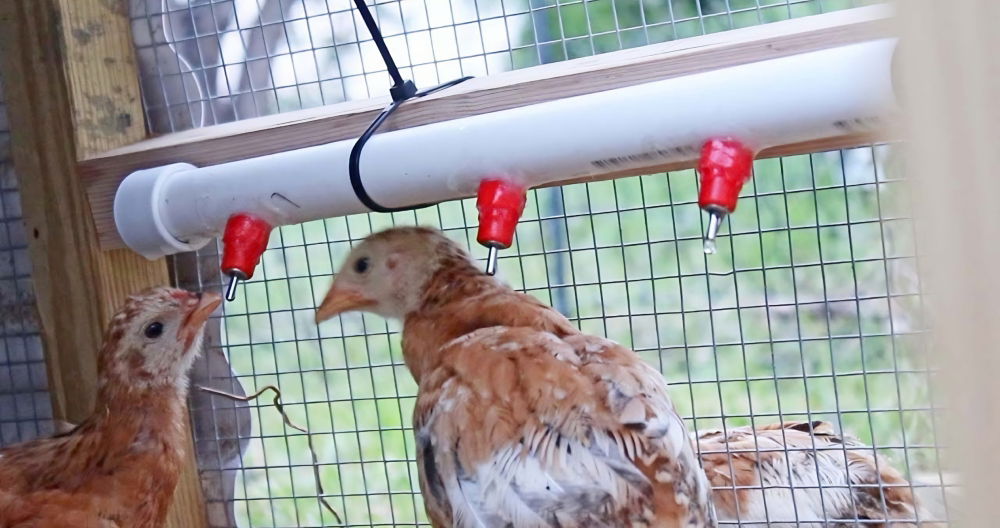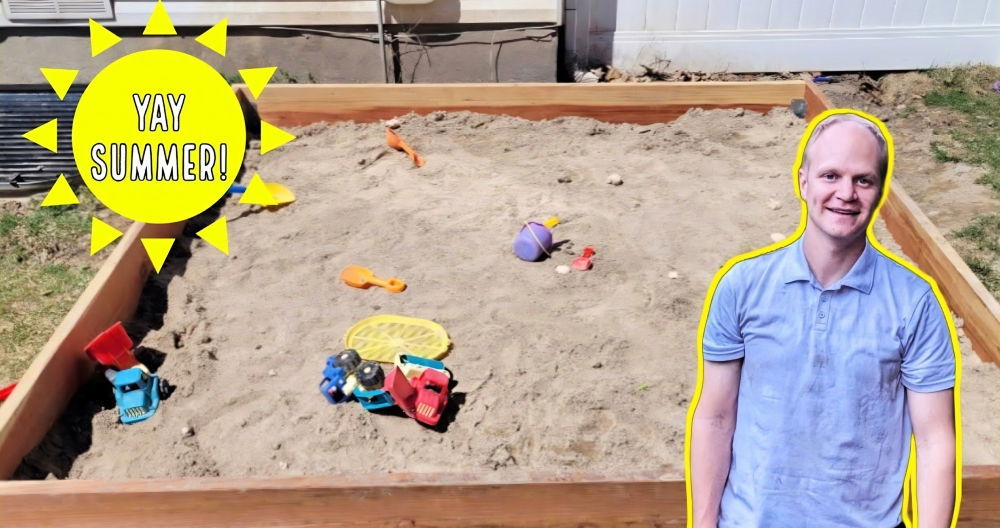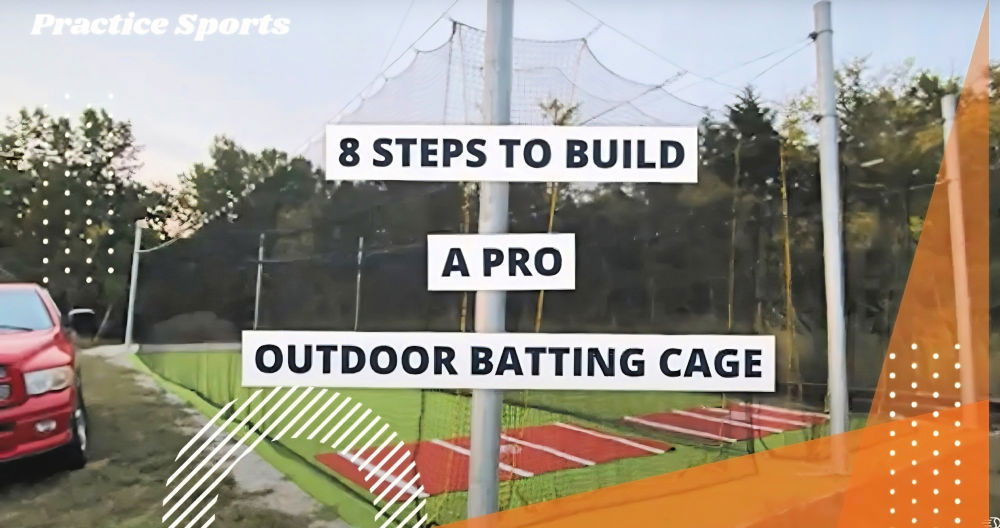Making my own DIY koi pond was a rewarding experience. I decided to turn my backyard into a peaceful oasis. I began by researching how to build a koi pond. It seemed challenging at first, but with the right guidance, I was confident I could do it. I gathered all the necessary materials and followed a step-by-step plan.
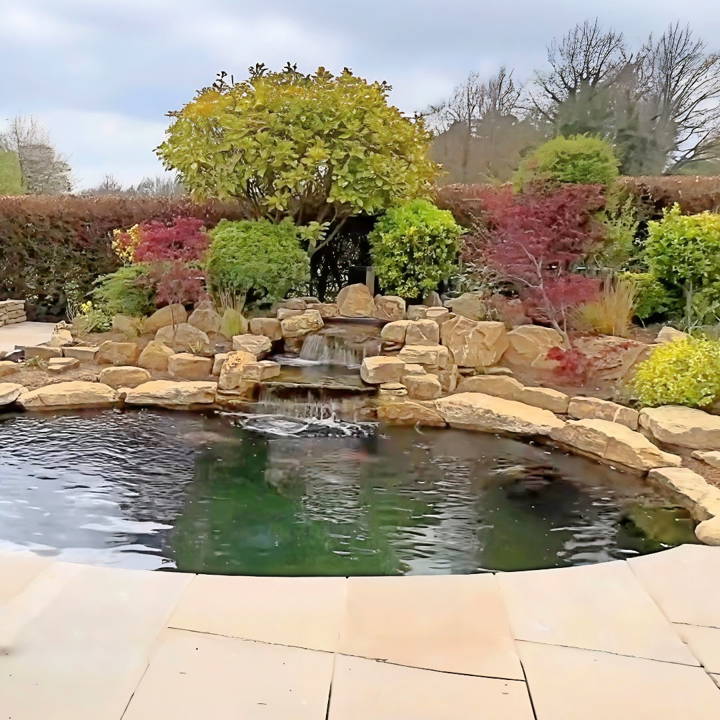
Building the pond took some time and effort, but the result was worth it. I carefully dug out the area, installed a pond liner, and added a filtration system. Finally, I introduced beautiful DIY koi fish into their new home. Watching them swim gracefully was such a joy. These steps can also help you build a relaxing space. I'm excited to share this guide with you.
Step by Step Instructions
Make your serene oasis with our DIY koi pond guide. Get step-by-step instructions, materials, and finishing touches for your perfect pond.
Day 1-2: Breaking Ground and Excavation
Discover essential materials for breaking ground and excavation. Ensure a smooth construction process with our detailed guide.
Materials Needed
- Flagstones and patio stones
- Digger and dampers
- A142 mesh reinforcement
- Four-inch pipe for drainage
- Reason: These materials form the foundation of the pond, ensuring a stable base and effective drainage system.
We began by lifting all the existing flagstones around the perimeter and the patio, preparing the ground for excavation. The digger and dampers arrived, and we quickly got to work. The excavation defined the pond's layout and also buildd space for the water filtration system. The a142 mesh and a careful arrangement of four-inch pipes laid the groundwork for efficient water management.
Day 3-4: Laying the Foundation
Get detailed guidance on materials needed for laying the foundation. Ensure a solid start with the essential tools and supplies for your project.
Materials Needed
- Concrete blocks
- Pea shingle for backfilling
- Concrete mix for the pond base
- Reason: These materials provide a strong structure for the pond, supporting the walls and ensuring a level base for the water.
With the hole dug, our next step was to lay down the mesh reinforcement and set up the bottom drain. The foundation needs to be solid, and that's where the concrete blocks and mix came into play. Pea shingle was used to backfill the pipes, providing an excellent drainage substrate.
Days 5-7: Building the Pond Walls
Discover the essential materials needed for building the pond walls, ensuring durability and longevity. Start your pond project right!
Materials Needed
- Concrete blocks for walls
- More concrete mix for binding
- Damp proofing products
- Reason: Reliable wall construction is vital for the longevity of the pond, keeping the water contained and securing the structure's integrity.
Constructing the pond walls was a task of precision. Each block was laid meticulously, with concrete mix binding them together. Damp proofing along the base ensured that moisture would remain within the pond and not seep into the surrounding soil, potentially undermining the structure.
Days 8-10: Waterproofing and Aesthetics
Learn about essential materials for waterproofing and aesthetics. Ensure top protection and beauty for your project with our expert guide.
Materials Needed
- Waterproof pond paint or sealant
- Decorative stones for landscaping
- Pond lighting fixtures
- Reason: Beyond functionality, a koi pond should also be an aesthetic centerpiece. Waterproofing ensures longevity, while decorations and lighting enhance its beauty.
Once the walls were up, it was time to focus on waterproofing. A high-quality pond sealant was applied thoroughly, covering every nook to ensure a watertight seal. Then, it was time for the fun part—decorating. We selected smooth, natural stones and strategically placed lighting to highlight the pond's features.
Days 11-13: Setting up the Filtration System
Learn about setting up the filtration system with our step-by-step guide. Find a comprehensive list of materials needed for effective installation.
Materials Needed
- High-capacity pond filter
- UV clarifier to prevent algae
- Pumps for water circulation
- Reason: Clean, clear water is essential for the health of koi fish. A robust filtration system keeps the water quality high and the pond ecosystem balanced.
The heart of a healthy koi pond is its filtration system. We installed a gravity-fed filter designed to handle the high volume of the pond, paired with a UV clarifier to keep algae at bay. Pumps were positioned to ensure a gentle flow of water, mimicking the natural environment of the koi.
Days 14-17: Finishing Touches and Filling the Pond
Discover the necessary materials for finishing touches and filling the pond effectively. Ensure a flawless pond project with our expert guidance.
Materials Needed
- Aquatic plants
- Koi fish
- Water testing kits
- Reason: With the structure complete, introducing aquatic life brings the pond to its full glory. Testing the water ensures a safe environment for the koi.
The final days were dedicated to life. Introducing aquatic plants not only beautified the pond but also contributed to the ecosystem's health. After carefully acclimating them to their new home, we finally introduced the koi. Watching them swim for the first time in their new environment was a moment of pure joy.
Troubleshooting Common Issues
When it comes to maintaining a koi pond, encountering issues is a part of the journey. Here's a guide to help you identify and solve some common problems in a straightforward and easy-to-understand manner.
Algae Overgrowth
Algae can be a nuisance, turning your clear pond into a green mess. To combat this:
- Reduce sunlight exposure as algae thrive in bright conditions.
- Introduce algae-eating fish or plants that compete for nutrients.
- Consider a UV clarifier to eliminate microscopic algae.
Water Quality Problems
The health of your koi depends on good water quality. Keep an eye on:
- pH levels: They should be between 7.0 and 8.6. Use a test kit regularly.
- Ammonia and nitrite: These should be at zero. Perform regular water changes to manage them.
Pump and Filter Issues
A malfunctioning pump or filter can lead to serious problems. If they're not working:
- Check for power issues first; ensure they're plugged in and receiving electricity.
- Clean or replace the filter media if it's clogged.
- Inspect the pump for debris and clear any blockages.
Fish Health Concerns
If your koi are acting strangely or look unwell:
- Isolate sick fish to prevent the spread of disease.
- Look for signs of parasites or infections, such as spots or erratic swimming.
- Consult a vet who specializes in aquatic animals for advice.
Leak Detection
Leaks can be tricky to find but are vital to address:
- Lower water levels can indicate a leak. Check the pond liner for tears or holes.
- Examine all connections and fittings for the filtration system.
- Use a mild dye to help locate the source of the leak.
Stay vigilant and address issues promptly to keep your koi pond beautiful and healthy. Regular maintenance prevents problems more easily than curing them.
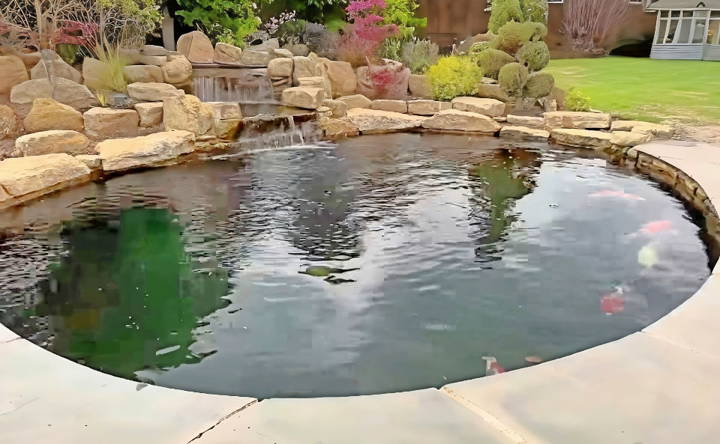
Maintenance and Care Tips
Keeping a koi pond is a rewarding experience that requires regular attention and care. Here are some straightforward tips to help you maintain a healthy and vibrant pond for your koi.
Establish a Routine
Consistency is key. Set a weekly schedule for checking water parameters, cleaning filters, and inspecting the health of your fish.
Water Quality
Test your water regularly for pH, ammonia, nitrite, and nitrate levels. Aim to keep the pH between 7.0 and 8.6 and ammonia and nitrite levels at zero.
Filtration System
A clean filter is essential for a healthy pond. Backwash your filter system every two weeks to ensure it runs efficiently.
Algae Control
Algae can quickly take over a pond. Use UV clarifiers or introduce algae-eating plants to keep it under control.
Seasonal Care
Adjust your maintenance routine with the seasons. In winter, consider installing a heater to prevent freezing, and in summer, increase aeration to maintain oxygen levels.
Regular Cleaning
Remove debris like leaves and twigs, and clean the pond substrate monthly to prevent buildup and maintain a clean environment.
Oxygenation
Ensure your pond is well-oxygenated. A waterfall or fountain not only adds beauty but also increases circulation and oxygen levels.
By following these tips, you'll build a thriving ecosystem for your koi to enjoy.
FAQs About DIY Koi Pond
Learn all about DIY koi ponds with our comprehensive FAQs. Discover tips, maintenance, and essentials for making your backyard oasis.
Before you start digging, plan your budget, materials, tools, and time. The depth should be at least 3 feet to help koi regulate their temperature and stay safe from predators. Consider the location carefully, avoiding areas with trees or electrical lines. Also, think about sun exposure, as full sun requires more filtration.
The size of your pond depends on the number of koi you plan to keep. For about five koi, aim for a pond that holds 1,000 to 1,500 gallons. If you’re planning for ten or more koi, you’ll need a capacity of over 3,000 gallons. Remember, larger ponds require more maintenance and resources.
A strong filtration system is crucial to maintain clear and healthy water. You'll also need a pump to circulate the water and an aerator to add oxygen. If you're considering a waterfall or fountain, they can provide aeration and enhance the pond's beauty.
To protect your koi from predators, design your pond with clean sides that go straight down. This makes it difficult for raccoons and other animals to reach the fish. Additionally, a deeper pond provides a safer environment for your koi to escape potential threats.
Yes, you can build a koi pond on a budget by planning a smaller pond, doing the excavation yourself, using a prefabricated liner, and opting for smaller, less expensive domestic koi fish. Mechanical parts like pumps and filters will be the most significant expense, but careful planning can help manage costs.
Reflections
I completed my koi pond project, and it transformed my backyard. The calming sound of water and the vibrant fish brought tranquility to my space. I believe building your own DIY koi pond can provide a similar sense of peace. Starting your own project with this helpful guide is easier than you think.


